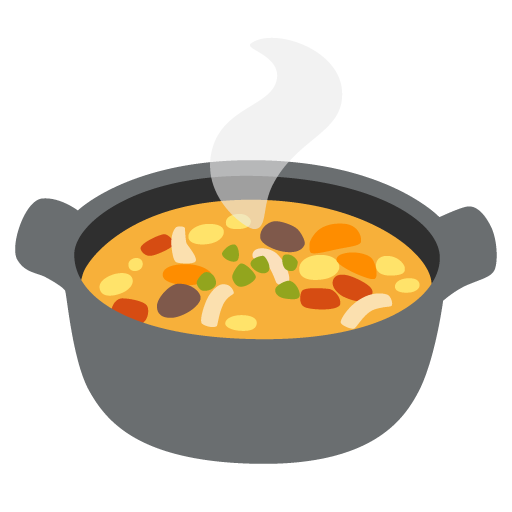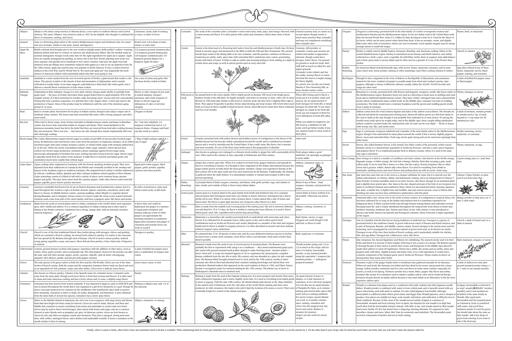- cross-posted to:
- [email protected]
- [email protected]
- cross-posted to:
- [email protected]
- [email protected]
A few years ago, while we were cooking, my SO showed me a blog post about common spices and their substitutions. I thought it’d be cool to use that to make a chart we could hang on the wall. It turned into a fun light research project, then a fun art project.
I started reading various blogs and realized that while many covered the same core spices, there were a lot of others that only one blog or another mentioned. So I started gathering them all up. As I read about them on Wikipedia I’d stumble into their histories, and scope creep hit. I decided to add a column for interesting facts about each. (While gathering those, I was kind of struck at the disparity between them - some spices, have centuries of warfare, murder, and espionage wrapped around them, while others are so common or easy to grow that nobody seems to have stabbed anyone at all for it.)
I built it first as a spreadsheet in Google sheets while I was researching, pasted it into a poster-size libre office writer document for layout and font changes, exported that as a pdf so I could import it into GIMP. That let me make more detailed changes and add the flourishes that hopefully make it look like something that might’ve hung on the wall in your grandparents’ kitchen.
This was a pretty casual project spread over seven months. It’s got forty-some spices with descriptions, fun facts, and substitutions shamelessly plagiarized from cooking blogs and Wikipedia.
I’ve learned since that several spices are actually really unspecific, like what’s sold as oregano apparently may come from several different plants. So I’ll say it’s useful for cooking and accurate to the best of my ability, but I wouldn’t reference it as a historical or scientific resources.



deleted by creator